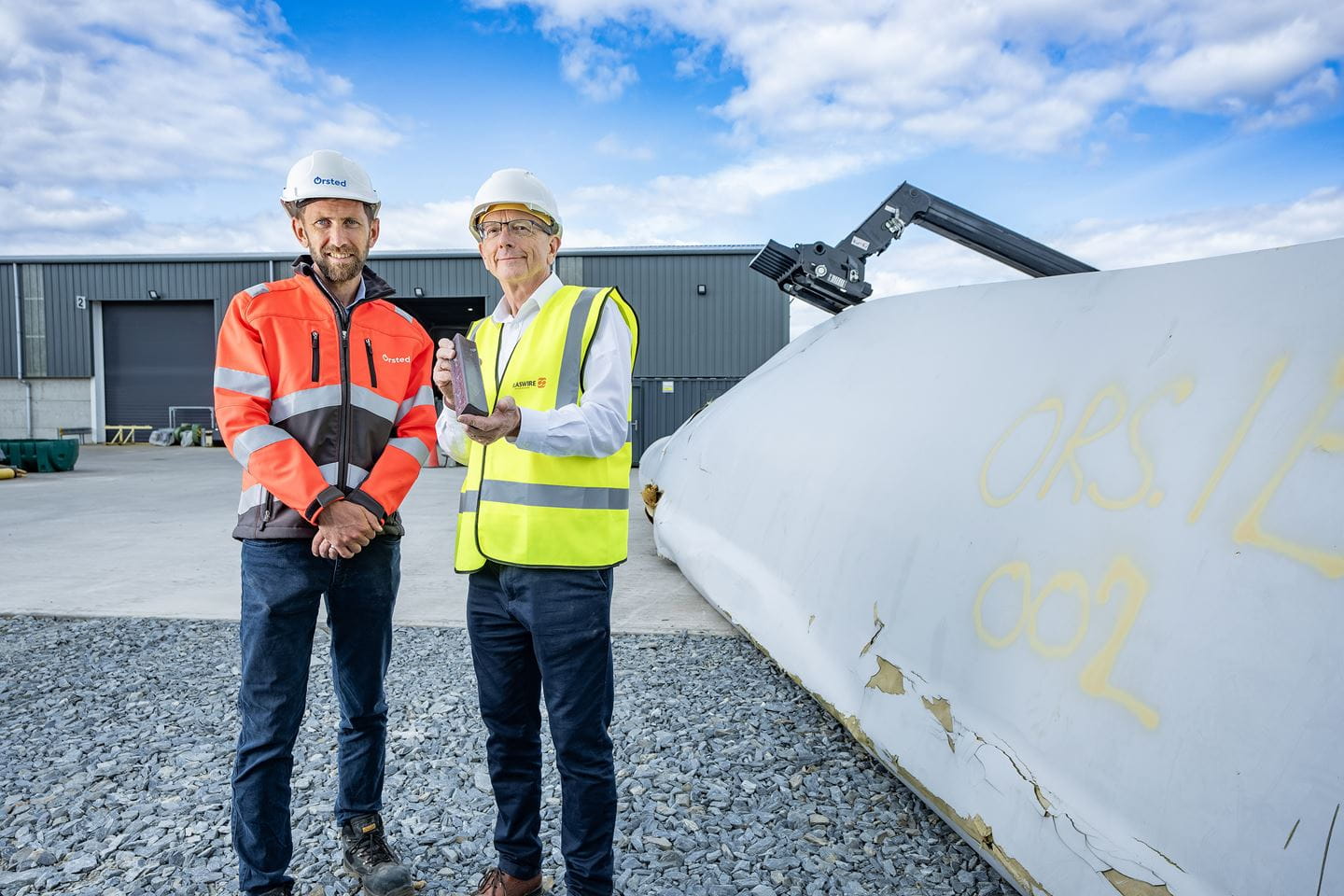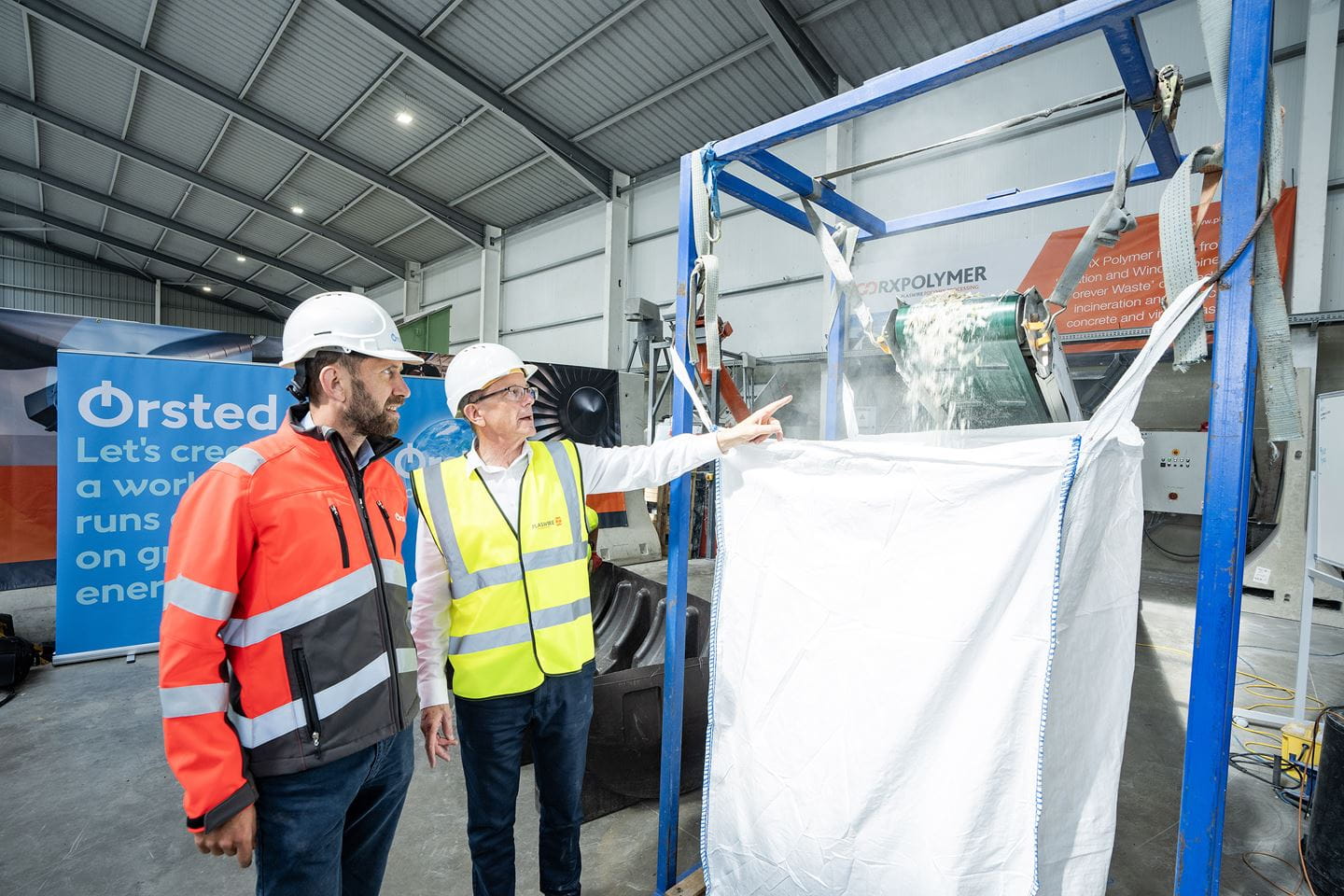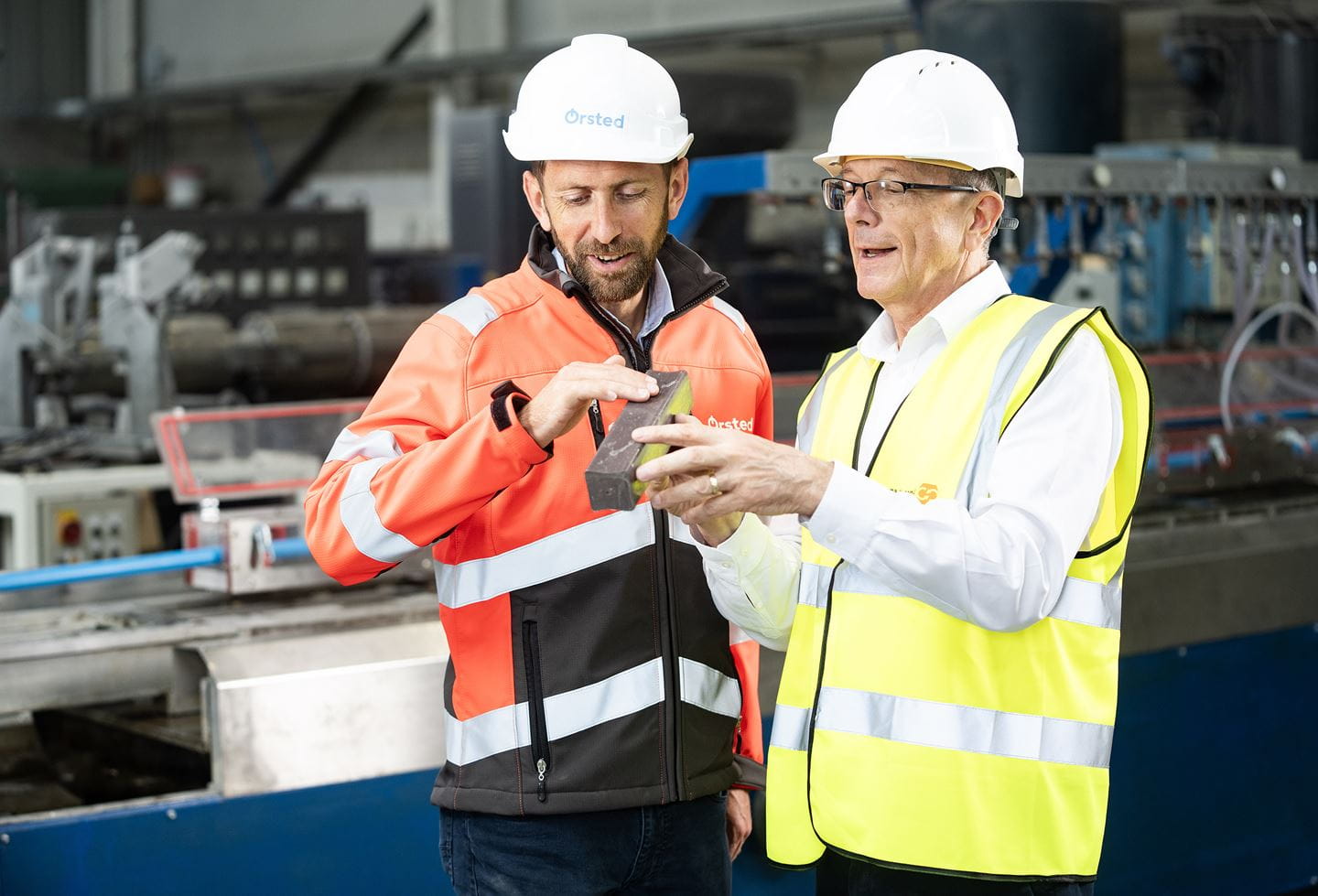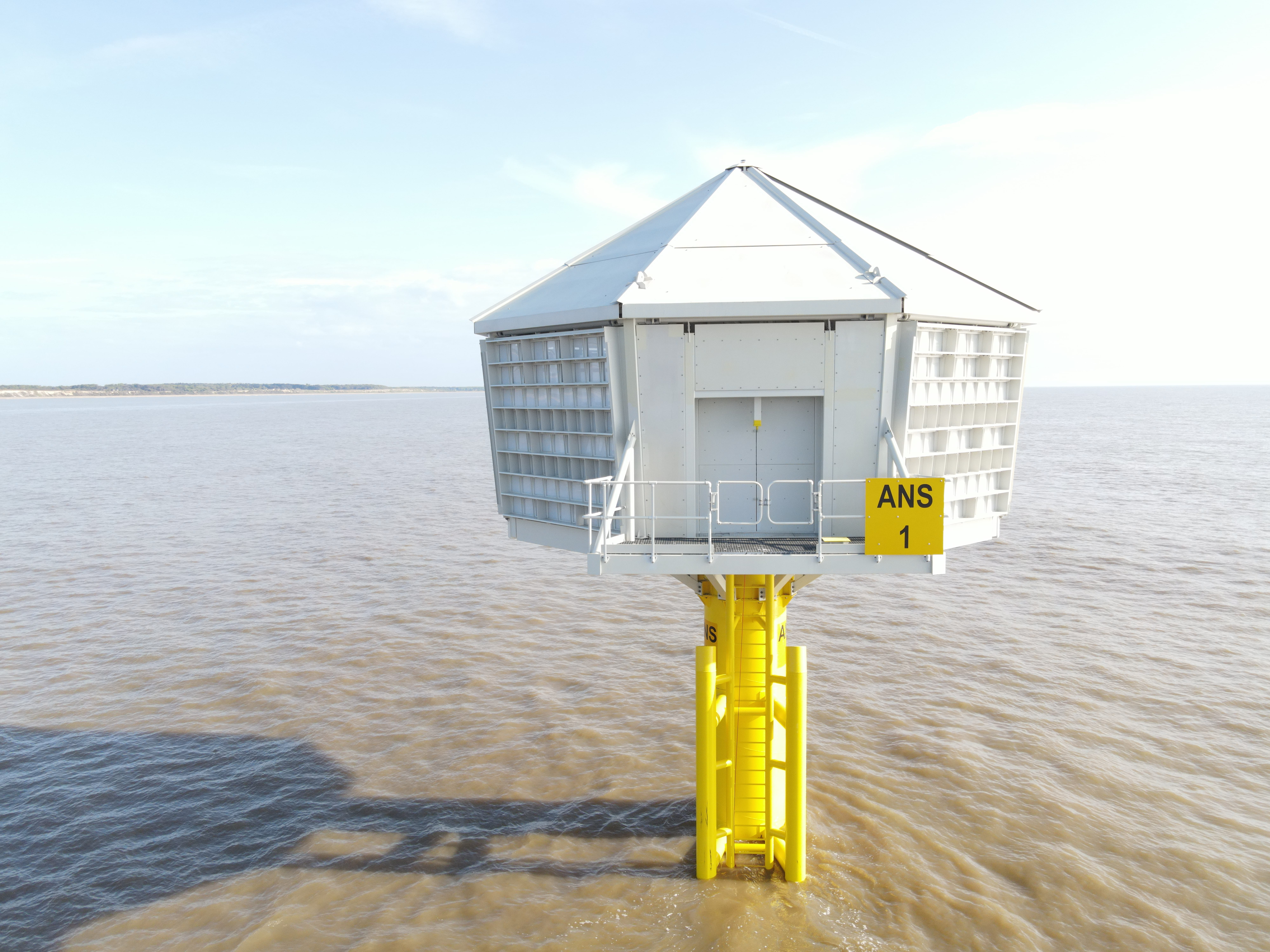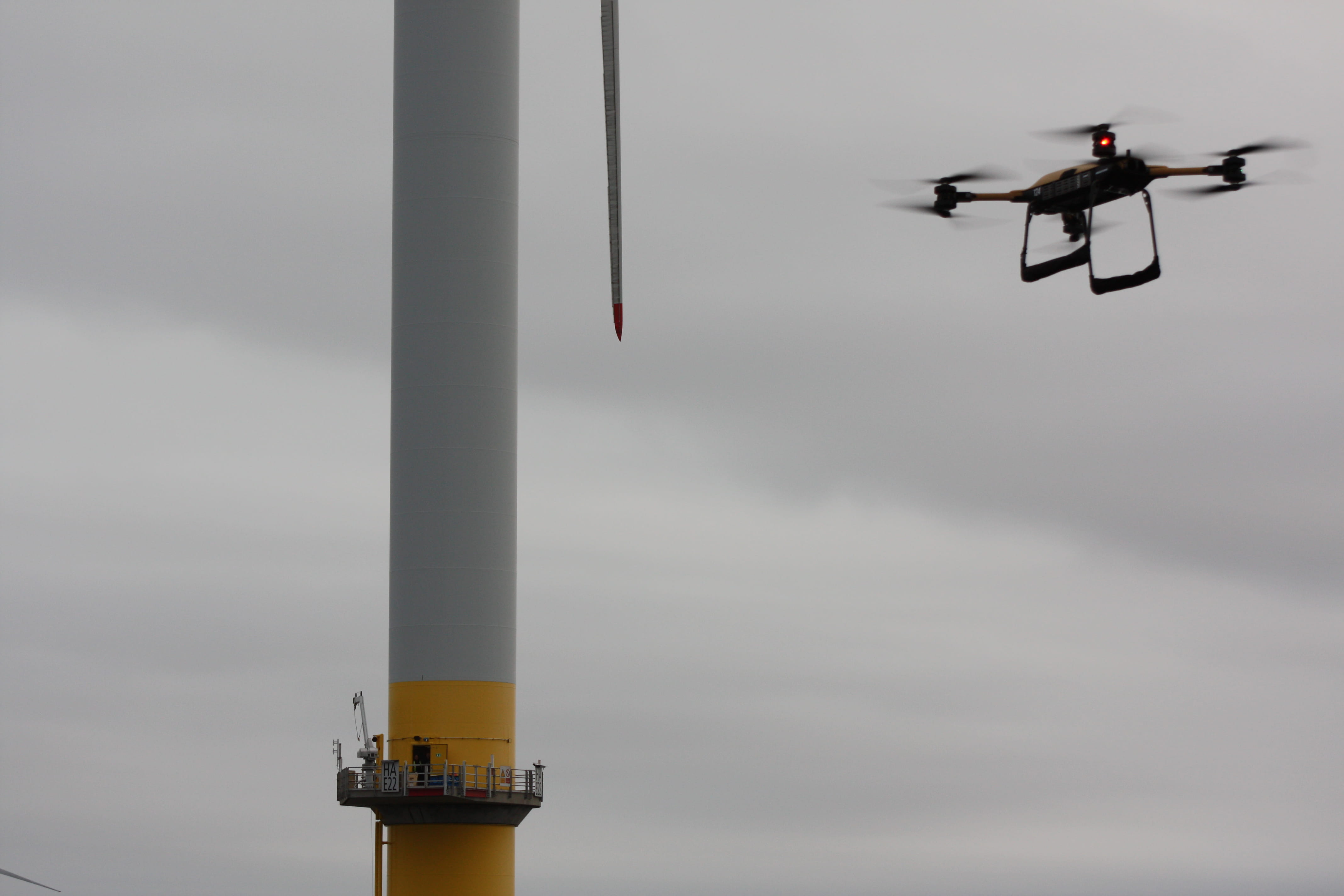Thanks to a partnership with a Northern Irish company, we’ve found a cost-efficient way to ensure that 100% of our wind turbine blades can be sustainably recycled – and turned into new, useful resources.
We've constructed three nearshore artificial nesting structures specifically designed to house kittiwake, a vulnerable seabird, off the east Suffolk coastline.
